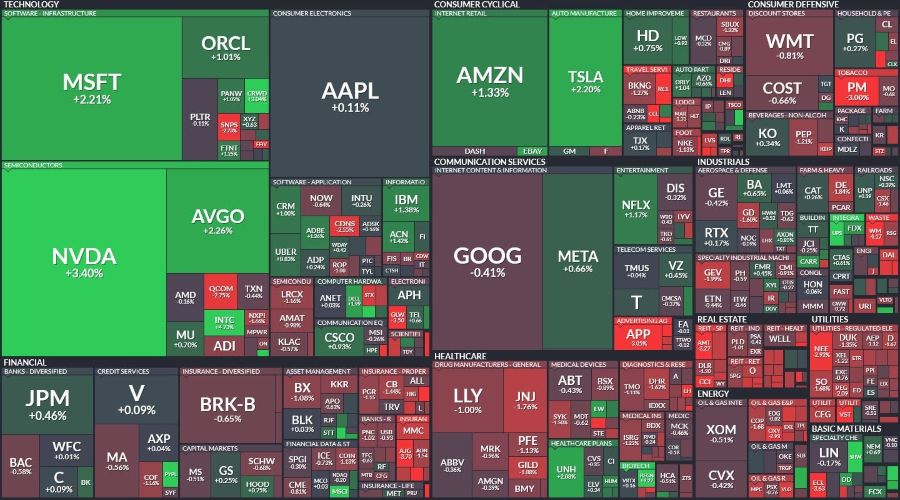JOIN ME LIVE AT 9 AM ET FOR: FAST MONEY FRIDAYS
I’ve been staring at the S&P 500 chart and something clicked that I had to share…
While everyone’s debating whether we’re heading straight down or bouncing back up, I started looking at something more fundamental — the unfilled gaps sitting on the chart. And what I realized has some pretty important implications for how I’m thinking about positioning right now.
Here’s the thing about gaps to the downside…
Every single one of them has eventually been filled throughout market history. Why? Because markets trend toward all-time highs over time. So if we’ve gapped lower at some point, that gap eventually gets filled as price works its way back up.
Right now, we’ve got three consecutive unfilled gaps sitting there like unfinished business. The question isn’t whether they’ll get filled — it’s when and how.
The Decision Point Price Is Facing
This is where it gets interesting from a tactical perspective. Price now has to make a decision.
Is it easier for the market to just continue sliding lower, maybe find support at a higher moving average like the 21-day moving average (MA) on the daily, and then use that level to bounce back up and fill these gaps later?
Or does price consolidate and start chewing into those gaps before any major breakdown happens?
I’m not saying I’m trading it right now just because there are gaps that need filling. We could clearly fall back down to the 50-day MA (the blue line below), which is something I’ve been watching for a while.
But what I am saying is that these gaps create natural resistance and target zones that frame how I’m thinking about both immediate trades and longer-term positioning.
The Hurry Up and Wait Pattern
Here’s how this might play out based on what I’ve seen in similar setups before.
Looking at earlier gap fills on the chart, price spent about three days chopping around, pulled back toward the gap area, then faded lower. It’s that classic hurry up and wait pattern — quick move, consolidation, then another leg.
If the market does something similar here, we might see a couple of days of choppy action as price tries to work toward filling these gaps. Maybe it happens now, maybe it happens later after we find a lower support level first.
The key takeaway isn’t about trying to time the exact moment when gaps get filled. It’s about understanding that these unfilled areas create a framework for how price is likely to behave. They’re levels that matter, whether price respects them as resistance on the way down, or targets them as magnets on the way back up.
If bulls are eventually going to show up — and history says these gaps will get filled — then these become strategic reference points for managing risk and identifying potential reversal zones.
That’s the power of understanding gap-fill patterns. It’s not about calling exact tops or bottoms. It’s about recognizing the structural levels that markets tend to revisit over time, and positioning accordingly.
I’ll see you in the markets.
Chris Pulver
Chris Pulver Trading
Follow along and join the conversation for real-time analysis, trade ideas, market insights and more!
- Telegram:https://t.me/+av20QmeKC5VjOTc5
- YouTube:https://www.youtube.com/@FinancialWars
- Twitter:https://x.com/realchrispulver
- Facebook: https://facebook.com/therealchrispulver
Important Note: No one from the ProsperityPub team or Chris Pulver Trading will ever contact you directly on Telegram.
*This is for informational and educational purposes only. There is inherent risk in trading, so trade at your own risk.
P.S. I’m Handing Out the Top Breakout Names on My No. 1 Scanner
There are over 10,000 tradable stocks on the market, and I already have the top names to trade this week.

He’s handing them out completely free today…
We develop tools and strategies to the best of our ability but no one can guarantee the future. There is always a risk of loss when trading past performance is not indicative to future results. We make no future earnings claims and you may lose money. The trades shown are from historical back tested data in order to demonstrate the potential of the new system.



